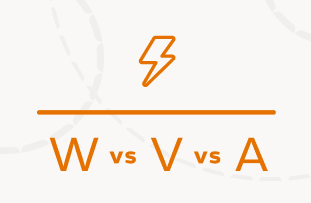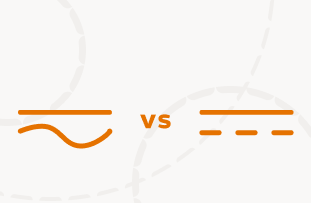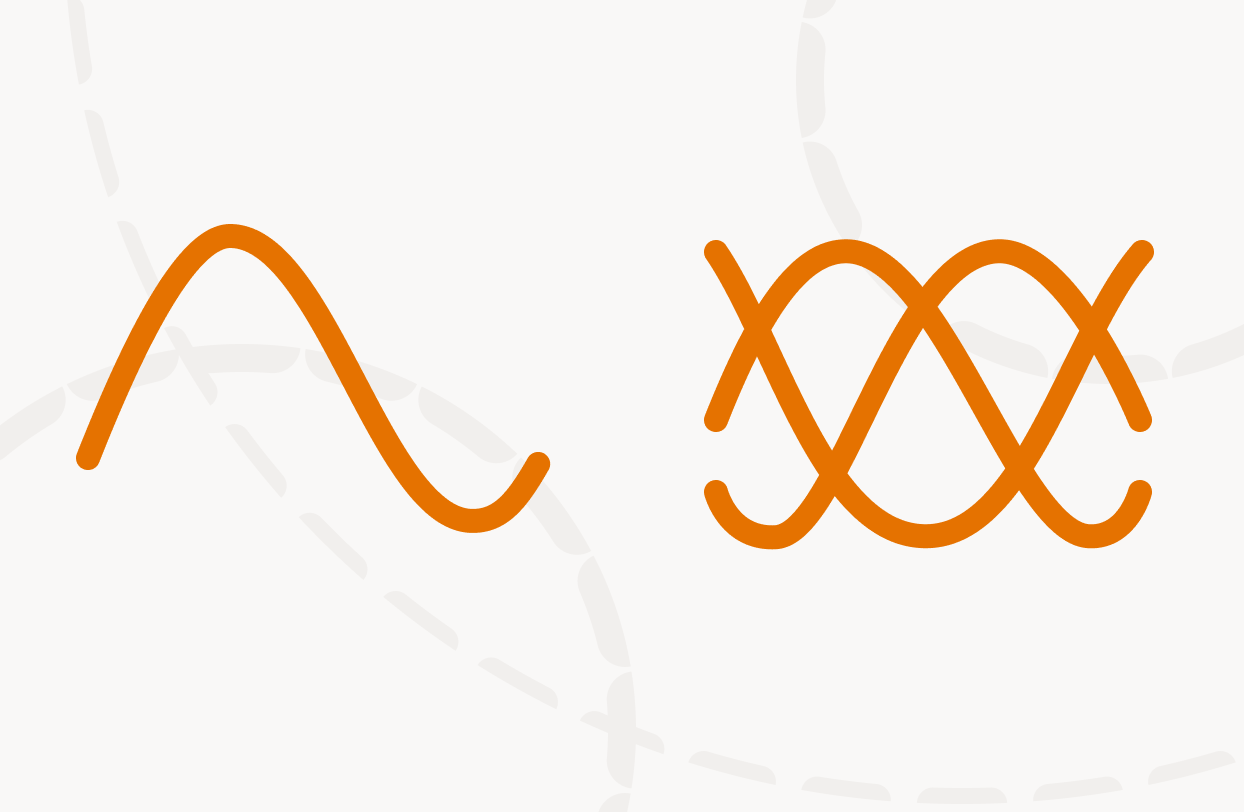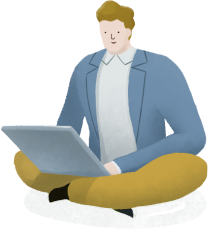
Electricity is a form of energy, a force that manifests itself in a variety of phenomena such as lightning, static electricity, electromagnetic induction or electric current flow.
Shall we do an experiment?

To understand this better, we can do an experiment with a balloon.
- Let’s inflate the balloon and rub it on our clothes, which facilitates the transfer of electrons from one side to the other. In effect, we are charging the balloon.
- If we then bring it close to some cut-up pieces of newspaper without touching them, we will see how they are attracted to the balloon and stick to it. In other words, they travel towards it.

In nature, we are surrounded by elements that are continuously charging, because electrons are able to travel from one atom to another.
The discovery of electricity
The word electricity comes from the Latin electricus, which in turn derives from the Greek élektron, meaning amber. In the ancient cultures of the Mediterranean, it was already known that rubbing certain objects such as an amber bar with wool or fur produced small charges (triboelectric effect) that attracted small objects, and rubbing for a long time could make a spark appear.
Around 600 BC, the Greek philosopher Thales of Miletus made a series of observations about static electricity. He concluded that friction endowed amber with magnetism, unlike minerals such as magnetite, which did not need to be rubbed.
The phenomenon continued to be studied for centuries, and in 1600 the English scientist William Gilbert published De Magnete, in which he described his discoveries about magnetism and static electricity produced by amber, referring to the phenomenon using the adjective electricus and the name electricitas, which would lead to the modern terms electric and electricity.
In the 18th century, the French scientist Charles François de Cisternay du Fay identified the two types of electric charges (positive and negative). Positive charges were manifested by rubbing glass, and negative charges by rubbing resinous substances such as amber.
Did you know…
Other great promoters of knowledge about electricity were Coulomb, Galvani, Volta, Ampère, Faraday, Ohm, Maxwell and Edison, among others.
Applications of electricity
Electricity is so versatile that it has many applications, such as lighting, transport, air conditioning, computing, industry and electrical appliances, and more and more uses are being made of it.
Its first widespread practical application was Samuel Morse’s electric telegraph (1833). At the end of the 19th century, electric street and house lighting came into general use, electricity gradually spreading to many more areas of society and the productive economy, becoming one of the main driving forces of the Second and Third Industrial Revolutions.
Electrification meant a true paradigm shift in the way we live and electrical energy is nowadays increasingly indispensable for the development of the information technology society, telecommunications, internet and artificial intelligence.
It also has a key role to play in the energy transition, with electricity grids an indispensable pillar for achieving decarbonisation goals.




